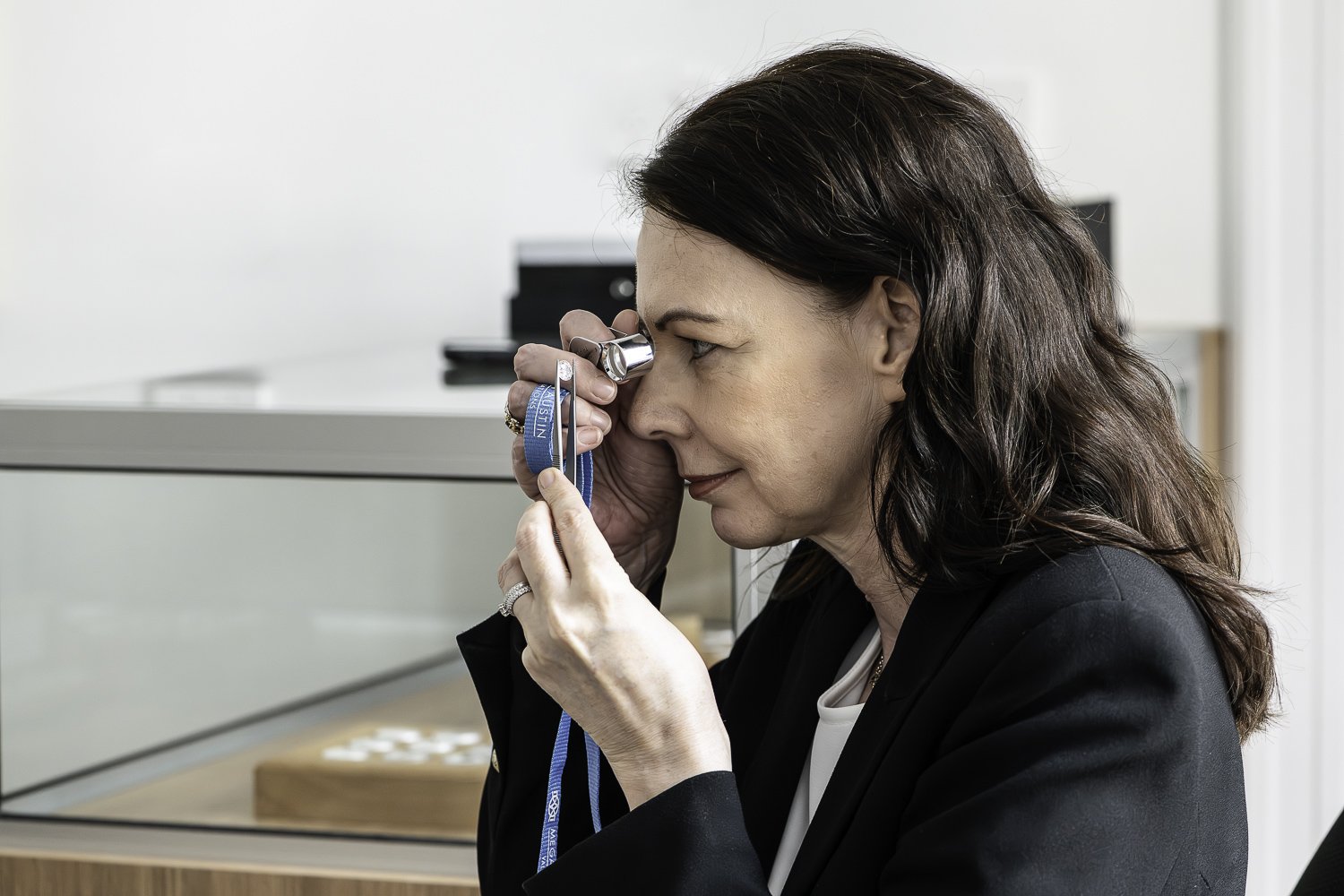
Valuation Process
Valuations Process
The valuation process involves a thorough evaluation of your jewel by a Registered professional NCJV Valuer and Qualified Gemmologist. Using specialised tools and expertise, various aspects of the item are assessed.
Firstly, the purpose of the valuation is established. ie. Insurance replacement, auction reserve, deceased estate, private sale, property settlement etc.
Initial Inspection
The item is inspected and settings are checked for cracks, damage and wear. The gems are also examined for wear, damage or other observations of a gemmological nature. Evidence of defects are noted on the valuation to assist the insurance company in assessing their risk.
Weight
The item is weighed using a government approved scale that is verified by the National Measurement Institute (NMI) for valuing jewellery and other precious articles.
Metal Type, Caratage and Colour
The metal is tested to determine type and caratage. For example: 9ct gold, 14ct, 18ct etc.
Manufacture Identification and Quality
The item is examined to determine the method of manufacture. The quality of design, construction and finish is also evaluated. If present, hallmarks are noted, and where possible the age or period of the item is established if appropriate or identifiable.
Type and quality of setting
The type and quality of each setting are individually evaluated. The skill of the gem setter is assessed in terms of preparation of the mount, suitability of gem size and finish.
Gemstone Identification, Size and Quality
Each gemstone is identified using a combination of standard gemmological equipment that may include a 10x loupe, microscope, refractometer, polariscope, dichroscope, ultra-violet light and spectroscope.
Coloured diamonds without documentation that require advanced spectroscopic analysis to determine natural, treated or synthetic origin can be arranged off-site. Each gemstone is measured and its weight calculated using an appropriate formula. Gemstones are never removed from their settings without prior permission from the client. Gemstones are graded for colour, clarity, cut and shape using a 10x loupe. Diamonds are colour graded against known master comparison stones using daylight equivalent light. Any diamond submitted with a laboratory report is checked that it matches the report.
Market demands and trends
All of the above factors are individually assessed and compared against market demands and trends.
Valuation Certificate
An estimated value is formulated to fulfil the purpose of the valuation. A valuation is produced that contains a full description, value, photograph, NCJV stamp and signature.


